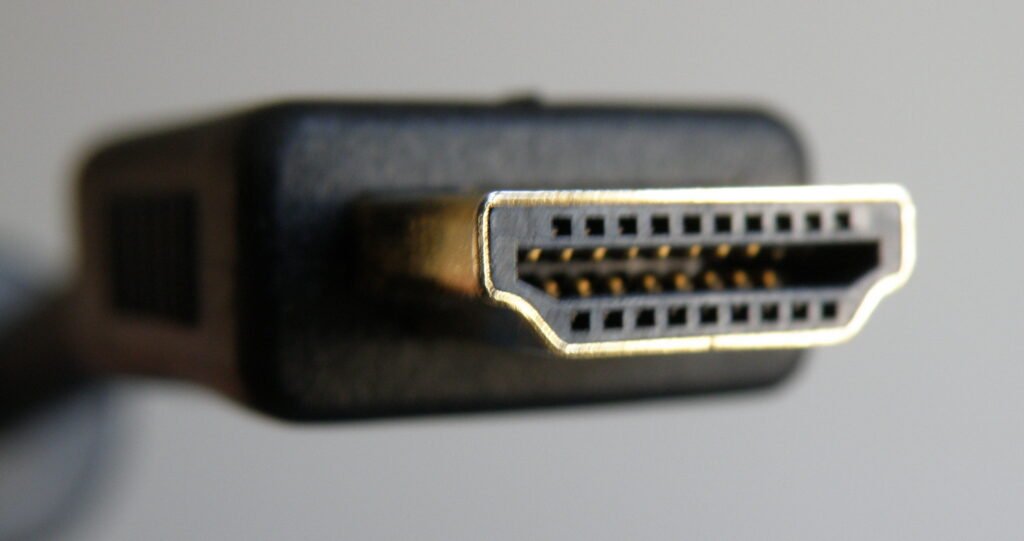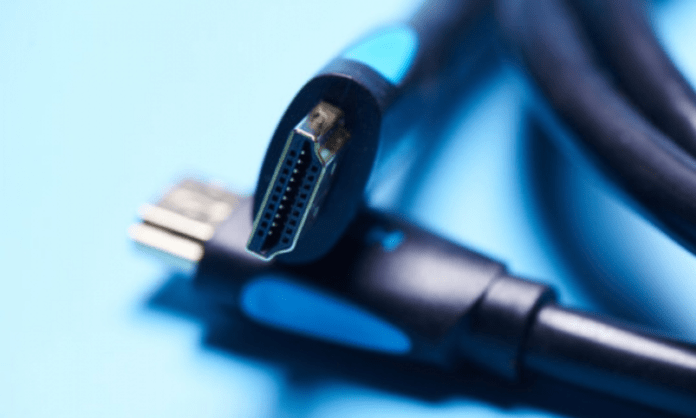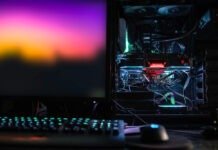Have you plugged your HDMI cable between your TV and your device, but you can't see a picture or hear any sound ? Do you notice interference, flickering or washed out colors on your screen? HDMI cable may .
In this article, we will explain to you how to detect and resolve faulty HDMI cable problems , in order to fully enjoy your multimedia content.
What are common problems with a faulty HDMI cable?
An HDMI cable can fail for several reasons, such as physical damage, wear and tear, incompatibility, or misconfiguration. Here are some common problems with a faulty HDMI cable:
- An image that jumps, freezes or disappears
- A sound that crackles, cuts out or is absent
- An error message that appears on your screen
- An inability to recognize or detect your source device
How to detect an HDMI cable problem?

If you have a problem with your HDMI cable , it is important to be able to detect it correctly so that you can resolve it. Here are some indications to take into account:
- First check that your HDMI cable is plugged in correctly on both ends . Also make sure your devices are turned on and connected.
- If you have multiple HDMI cables, try swapping them to see if the problem persists.
- If you have multiple HDMI ports on your TV or device, try plugging the cable into another port to see if the problem goes away.
- If you have the option, try plugging the HDMI cable into another TV or device to see if the problem is with the cable or the device.
How to Fix Bad HDMI Cable Issues?
Once you've identified the problem, it's time to fix it. Here are some solutions for common problems with a faulty HDMI cable:
Check the condition of the HDMI cable
The first thing to do is to check the condition of the HDMI cable. It may be damaged, broken or oxidized, which may affect signal quality . To do this, you can:
- Visually examine the HDMI cable and its ends. Look for signs of wear, cuts, twisting or corrosion. If you notice any damage, replace the cable with a new one.
- Test the HDMI cable with another device . If the problem persists with a different device, the cable is defective. If the problem disappears with a new device, the problem is with the HDMI port or the setting on the source device.

- Change the HDMI port on the source device or target device. One of the ports may be damaged or clogged with dust. If the problem persists with another port, the cable is defective. If the problem disappears with another port, it means that the original port is bad.
Check the HDMI cable connection
The second thing to do is to check the connection of the HDMI cable to the ports of the devices. It may be done incorrectly, which can cause signal loss or disruption . To do this, you can:
- Unplug and reconnect the HDMI cable to the device ports. Make sure the connectors are seated and aligned. Avoid forcing or twisting the cable.
- Use an adapter or converter if necessary. Devices may not have compatible HDMI standards, which may prevent devices from being recognized or detected . For example, if you have a source device with an HDMI 2.0 output and a target device with an HDMI 1.4 input, you will need an adapter or converter to ensure compatibility.
- Avoid extension cords or HDMI power strips if possible. They may reduce signal quality or cause interference with other devices. Choose a direct and short HDMI cable .
Check device settings
The third thing to do is to check the device settings. They may be incorrectly configured, which may affect picture or sound quality. To do this, you can:
- Select the correct input source on the target device. For example, if you plugged your HDMI cable into the HDMI 1 port on your TV, you should choose HDMI 1 mode on your remote.
- Adjust the resolution and aspect ratio of the image on the source device. For example, if you have a source device with 4K output and a target device with 1080p input , you should lower the resolution of the source device to avoid display issues.
- Adjust the sound mode and format on the source device. For example, if you have a source device with Dolby Digital output and a target device with stereo input, you need to change the sound mode of the source device to avoid sound problems.
See also : HDMI 2.1 bug hits Xbox Series X and Nvidia GPUs
How to clean a dirty HDMI port?
If the HDMI port on your TV or device is clogged with dust or dirt, it may affect signal quality or prevent connection. To clean a dirty HDMI port, you can follow these steps:
- Turn off your TV and device and unplug the HDMI cable from the port.
- Use a soft, dry cloth to gently wipe the HDMI port to remove any visible dust or dirt.
- Use a cotton swab lightly moistened with 70° alcohol to carefully clean the HDMI port pins and remove any residue.
- Let the HDMI port dry for a few minutes before reconnecting the HDMI cable.
How to test an HDMI cable with a multimeter?

If you have a multimeter, you can test an HDMI cable with this tool to see if it is damaged or not. To test an HDMI cable with a multimeter , you can follow these steps:
- Set your multimeter to the continuity measurement mode, which indicates whether an electrical current can pass between two points.
- Unplug the HDMI cable from the devices and place the two ends of the cable close to each other.
- Place the measuring tips of the multimeter on the corresponding pins of the HDMI cable, respecting the following diagram:
| Pin | Function |
|---|---|
| 1 | TMDS Data2+ |
| 2 | TMDS Data2 Shield |
| 3 | TMDS Data2- |
| 4 | TMDS Data1+ |
| 5 | TMDS Data1 Shield |
| 6 | TMDS Data1- |
| 7 | TMDS Data0+ |
| 8 | TMDS Data0 Shield |
| 9 | TMDS Data0- |
| 10 | TMDS Clock+ |
| 11 | TMDS Clock Shield |
| 12 | TMDS Clock- |
| 13 | CEC |
| 14 | Reserved (NC on device) |
| 15 | SCL |
| 16 | SDA |
| 17 | DDC/CEC Ground |
| 18 | +5V Power |
| 19 | Hot Plug Detect |
- If the multimeter beeps or displays a value close to zero , this means that the pin being tested is good and current can flow. If the multimeter does not beep or displays a high value, it means that the pin being tested is damaged or open and current cannot pass.
- Test all pins on the HDMI cable in the same way , noting which ones are bad.
- If you find that one or more pins are damaged, you will need to replace the HDMI cable with a new cable.
How to choose the right HDMI cable for your device?
To choose the right HDMI cable for your device, you must take into account several criteria, such as:
- The video resolution of the device : you must choose an HDMI cable that supports the maximum video resolution of the device, in order to avoid loss of quality or incompatibility. For example, if the device has a video resolution of 4K, you should choose a high speed or ultra high speed HDMI cable.
- The audio format of the device : you must choose an HDMI cable that supports the audio format of the device, in order to avoid loss of quality or incompatibility. For example, if the device has a Dolby Atmos , you must choose a high speed or ultra high speed HDMI cable.
- The length of the cable : you must choose an HDMI cable that has the length adapted to your needs, in order to avoid signal loss or interference. In general, the longer the cable, the greater the chance of signal degradation. It is recommended not to exceed 10 meters for a standard HDMI cable and 5 meters for a high speed or ultra high speed HDMI cable.
- The quality of the cable : you must choose an HDMI cable that has good manufacturing quality, in order to avoid premature wear or breakage. It is advisable to check that the HDMI cable is certified by the corresponding standard (standard, high speed or ultra high speed ) and that it has good protection against electromagnetic interference.
Conclusion
A faulty HDMI cable can harm your multimedia experience, affecting picture and sound quality, especially if you try to connect your PS4 to your laptop with that same HDMI cable .
To avoid this problem, it is important to detect and fix faulty HDMI cable issues, following the tips we have given you in this article. Please feel free to share your comments or questions with us in the section below.




